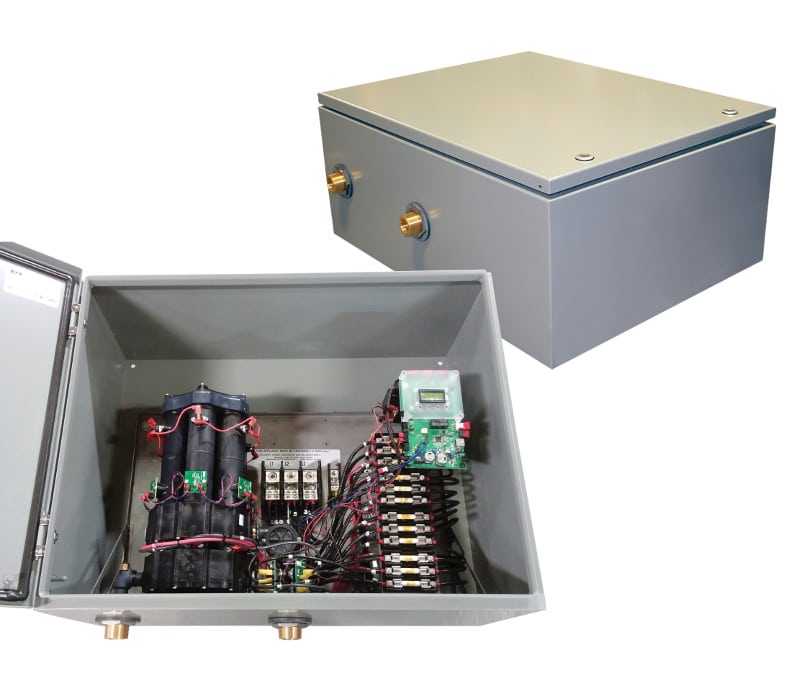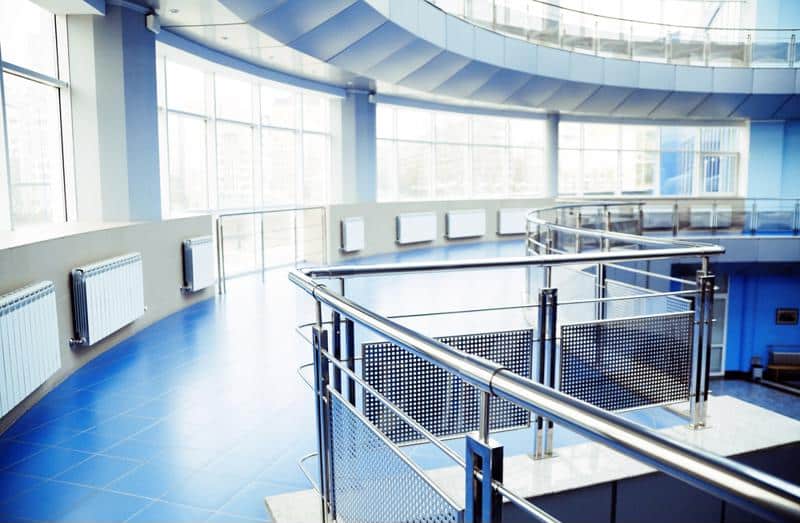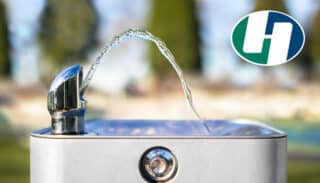Repost: Eemax
As a facility manager, your job is two-fold. Everything in your buildings has to be maintained and running smoothly, and you need to keep the cost to do so as low as possible.
With that in mind, an electric tankless water heater fits perfectly into your plans.
 Outdated practices
Outdated practices
Before looking to the future, it’s important to understand the past. Water heating in large commercial or residential buildings has mainly been accomplished through storage. According to Facilities Net, these are typically 50- to 90-gallon capacity tanks that warm water over time so there’s always a fresh supply available.
There are two issues here. One being that a commercial building is usually only open from 9 a.m. to 5 p.m., five days a week. It doesn’t make sense to warm water outside of those time constraints, yet storage water heaters run 24 hours a day, seven days a week.
The second one being that these systems are often housed on the ground floor or in the basement of a building. Residential buildings nowadays can be as tall as 10 or 20 stories. It doesn’t matter how many storage water heaters there are in the building, the water still has to travel an extremely long way to get to its final destination. This means using more energy to accomplish the task, as well as gallons of water being wasted because the occupants are running the tap waiting for warm water to come out.
According to Consulting-Specifying Engineer Magazine, water heating accounts for between 15 and 35 percent of a commercial building’s energy use, which represents a large portion of operation expenditures. This number grows even higher depending on how the energy is utilized, and which appliances are using it. Simply put – outdated methods of providing warm water to tenants of the building are costing more than they need to.
Facility managers can quickly curb the use of electricity and natural gas, as well as reduce the amount of time they spend on maintenance by retrofitting their old water heating system with a tankless water heater.
 Storage water heaters use energy to warm water even when no one is around to use it.
Storage water heaters use energy to warm water even when no one is around to use it.Transforming old to new
There are a number of benefits associated with installing a tankless water heater. The first being the impressive savings on utilities. As storage water heaters keep a tank of warm water at all times, they end up using more energy to compensate for standby heat loss. This occurs when the temperature drops in the tank, causing the system to warm water that was previously heated.
This issue becomes especially problematic for commercial buildings that host office tenants, as they aren’t present on the weekend. This is a moment when no water will be used, yet the system is still using energy to keep the supply warm. According to Building.com, making the switch from a storage to a tankless water heater can produce nearly 30 percent energy savings, which can be put back directly into facility upkeep and other areas of maintaining the building.
“Tankless water heaters produce 30 percent in energy savings.”
Another benefit exclusive to facility managers is the longevity of the system. Storage water heaters need to constantly be checked and maintained, and anode rod corrosion can spell the end of a system if it isn’t properly cared for. Since tankless water heaters provide on-demand water heating, there’s less of a chance of corrosion setting in. Storage water heaters tend to have a 10 to 15 year lifespan, while tankless can last up to 25 years if properly maintained. Buildings.com reported the only real maintenance necessary is to bleed the system once every three to five years.
As mentioned above, larger buildings put strain on their water heating system due to how far the water has to travel. Regardless of whether you have a storage or tankless water heater in place at the base of the building, tankless water heaters can be leveraged as a point-of-use product to provide warm water at a faster rate, which cuts down on the length it has to travel.
If you find you’re spending too much time caring for your storage water heater, too much money on the utility bill, or receiving too many complaints from tenants about not having quick access to warm water, it may be a signal that it’s time to switch things up and go tankless.




